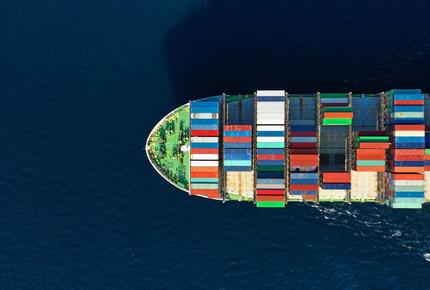Energy
Modeling
With new International Maritime Organization (IMO) decarbonization targets coming into effect, energy modeling can provide key information to shipowners aiming to reduce greenhouse gas (GHG) emissions.
BV Solutions M&O delivers accurate, timely energy modeling analysis to help owners and operators determine their best options for reducing CO2 emissions. Using energy modeling, we help gauge return on investment (ROI) for cutting-edge eco-friendly ship designs and predict a vessel’s performance prior to actual operation.
Our added-value
We help determine a vessel’s carbon intensity profile and properly improve or prepare a Ship Energy Efficiency Management Plan (SEEMP).
Our ship energy modeling is reinforced by other related areas of expertise, such as innovative technology and equipment, new fuels, propulsion techniques, hydrodynamics and aerodynamics.
We provide time-proven, longstanding energy modeling expertise with SEECAT, an industry-leading ship energy modeling tool, continuously perfected for over a decade.
Our expert energy modelers compare the energy efficiency, GHG emissions and cost effectiveness of different technologies, ship upgrades, and design options prior to investing.
The energy modeling process
The three-step ship energy modeling process begins with shipowners providing key data from machinery and information about their energy needs. This enables us to run a simulation specific to the ship’s operating profile that also accounts for potential environmental conditions a vessel may face at sea. Once this is done, our experts can prepare detailed reports and present findings to the client, using the simulation results to help them make informed decisions.
SEECAT: best-in-class energy modeling tool
Our innovative SEECAT ship energy modeling tool helps simulate scenarios utilizing different propulsion techniques, energy-saving devices and innovative machinery designs. Truly rare in the industry, we at Bureau Veritas have a team dedicated specifically to our SEECAT tool, ensuring that it remains among the industry’s most cutting-edge modeling tools. As a result, SEECAT stands on over 10 years of focused, continuous improvement.
A deep understanding of all available technologies
Energy modeling techniques can run simulations and provide valuable information for all kinds of vessels and cutting-edge technologies. At Bureau Veritas, we take our client support further through a commitment to maintaining expert knowledge of the newest and most relevant technologies, such as:
- Electric and hybrid-electric ships
- Engines that run on new fuels, particularly hydrogen, for which engine development is ongoing
- Kites and sails for wind assisted propulsion
- Air lubrification systems
- Energy-saving devices for hulls and machinery
Our knowledge of these technologies enables us to fully support our clients in becoming more energy efficient and taking part in the global energy transition.
Head of Shipowner Assistance
Bureau Veritas Solutions Marine & Offshore
With the challenge posed by new IMO carbon indexes, ship energy modeling provides the information shipowners need to make informed, strategic decisions about their fleets while remaining competitive and achieving compliance.


